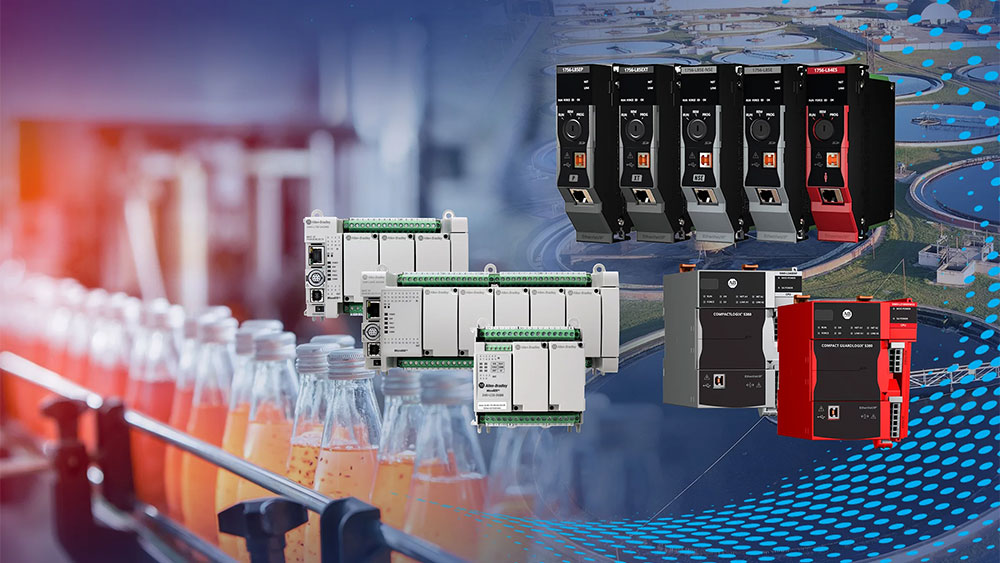Rockwell Automation
Programmable controllers from Rockwell Automation
You’ve probably had the experience of visiting a contemporary factory floor and being amazed by all the incredible robots, sensors, and machines working like a finely choreographed dance. It’s quite remarkable—until there’s a malfunction. And that’s something which has frustrated quality engineers for decades.
|
ADVERTISEMENT |
Here’s the situation: Most of these operations have three or four different control systems that, historically, barely talk to each other. It’s like trying to conduct an orchestra where the violin, brass, and percussion sections all have different sheet music. Maybe it works most of the time. But when quality issues crop up? Good luck figuring out what went wrong and where.
The real problem we’re all wrestling with is that manufacturing has become so complex because, well, it had to. Customers want customized products delivered faster than ever, with zero defects.
However, this is where chaos can start.
…

Add new comment